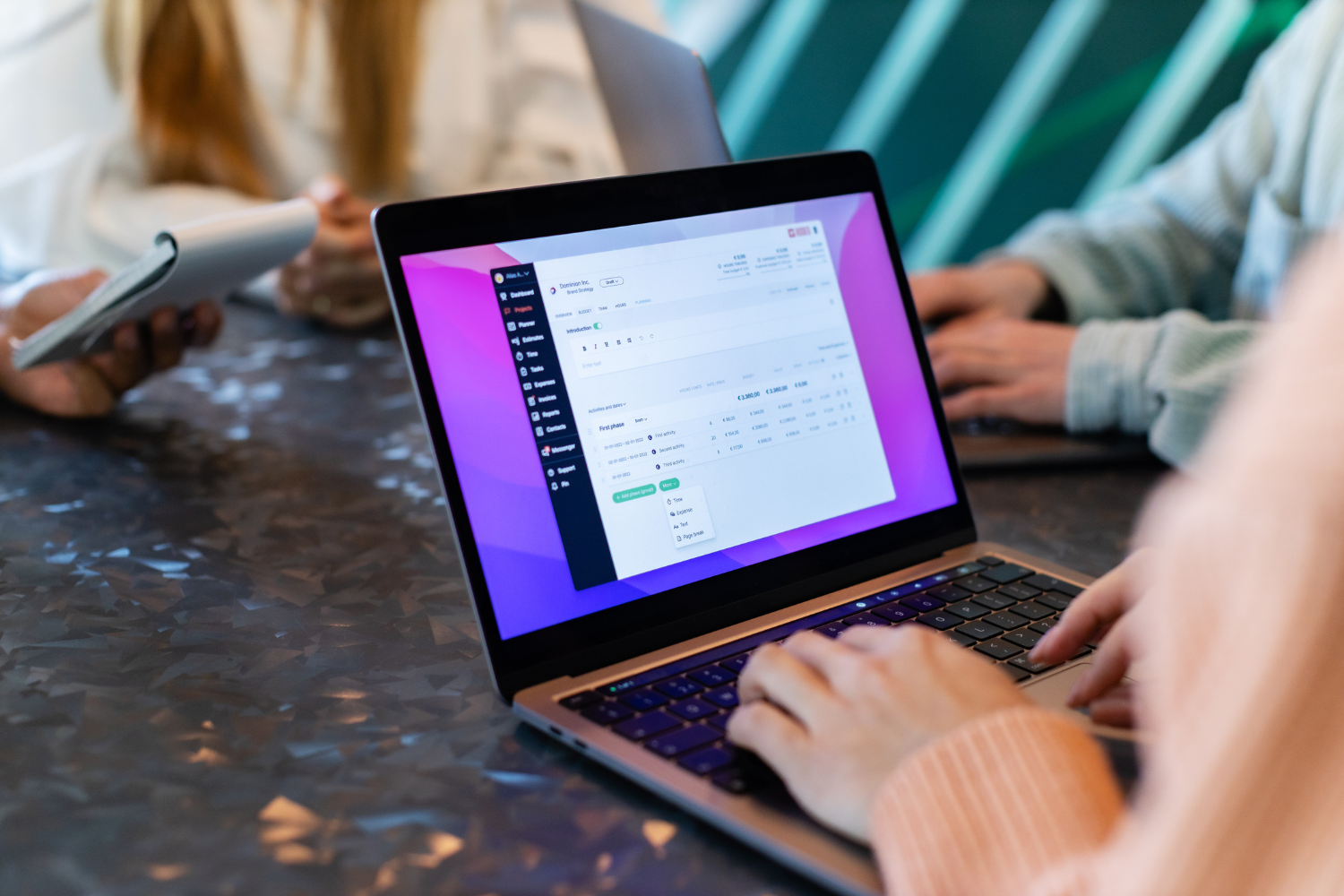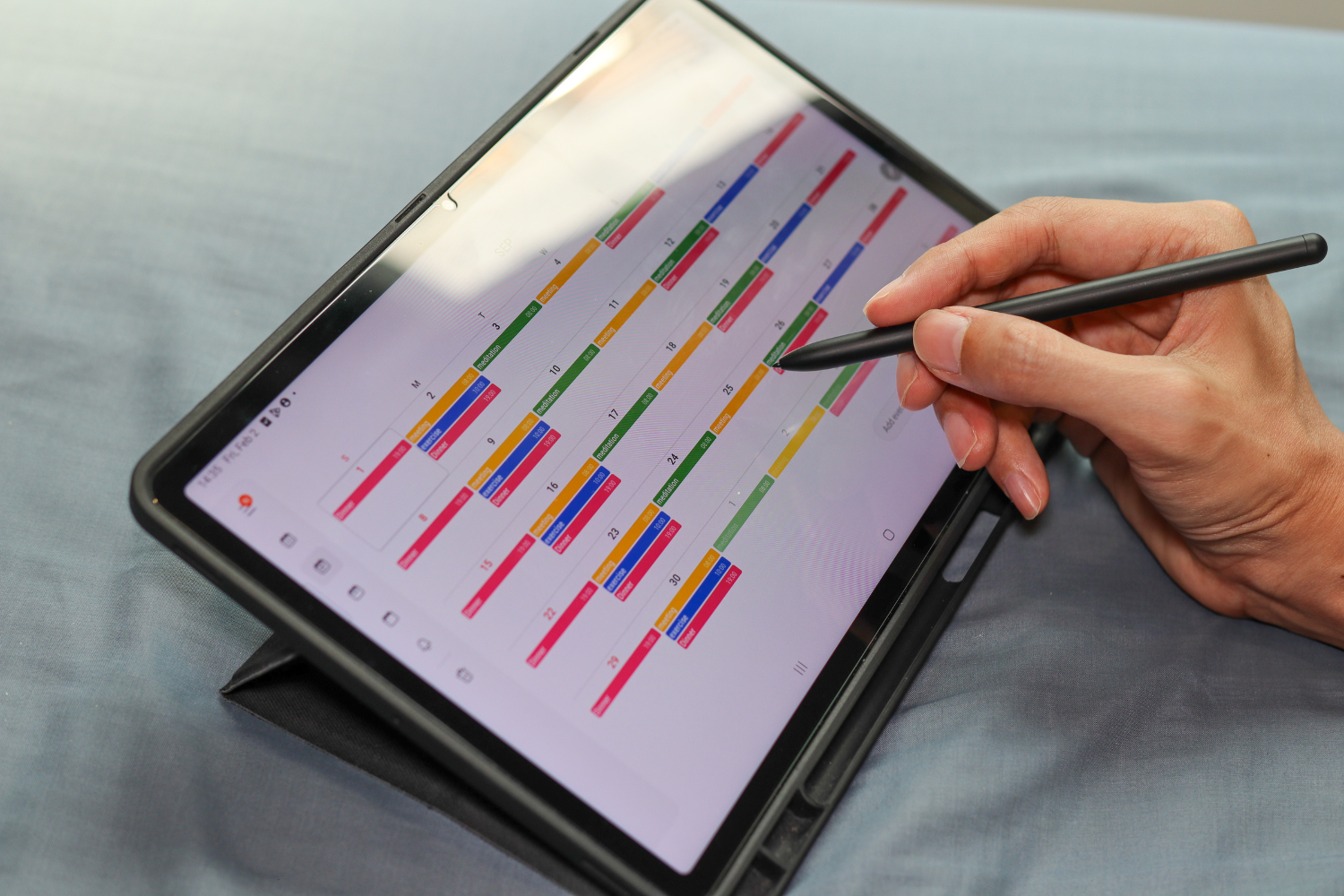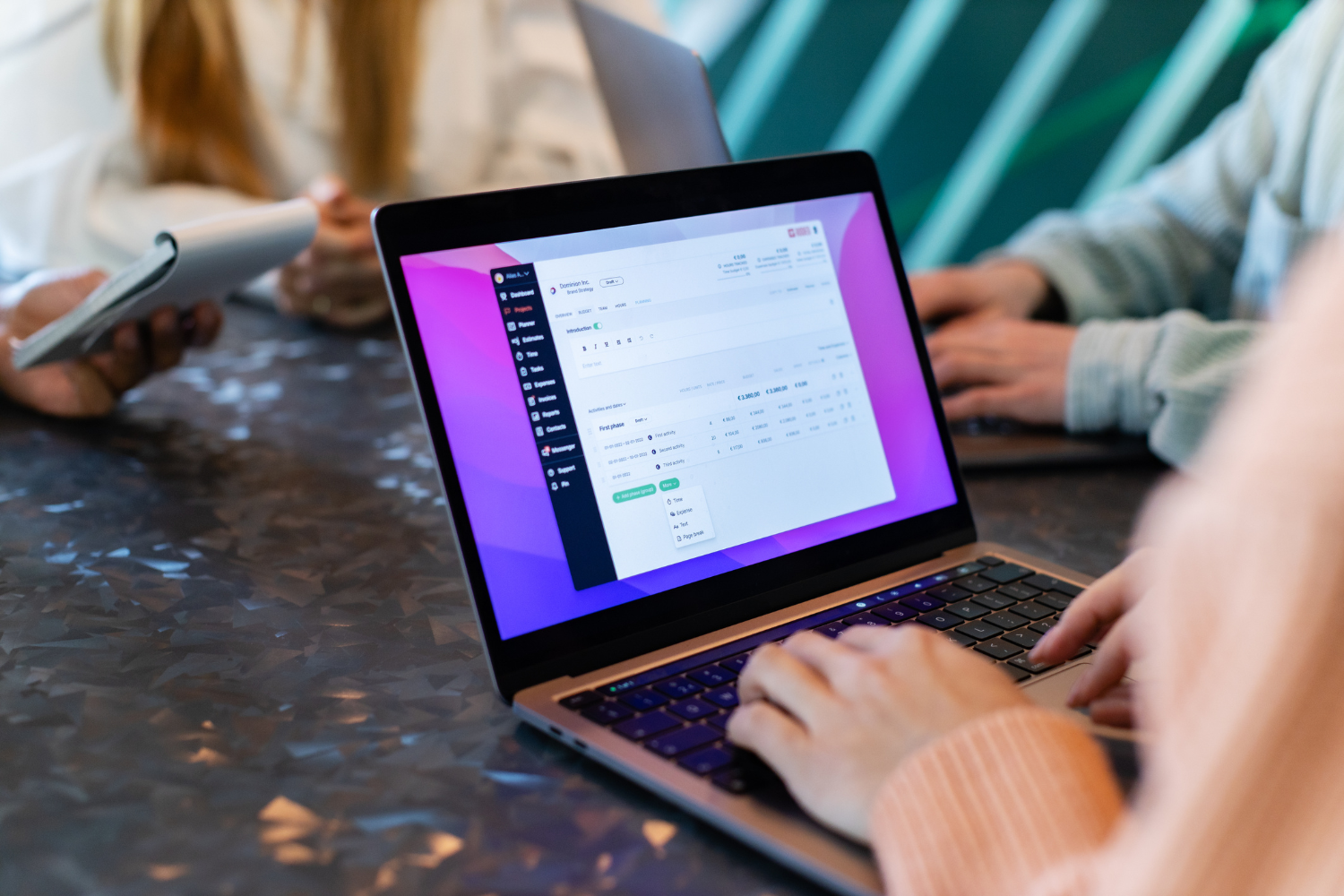The first week of training is essential for helping Filipino remote workers succeed in their roles. Many Filipino professionals prefer to observe before acting, so early guidance and structure are critical. A strong Week 1 plan gives your new employee the right tools, sets clear expectations, and builds the confidence they need to start working independently.
This complete guide outlines best practices, tools, and training materials to help you manage Filipino remote staff effectively, improve communication, help align onboarding with local requirements such as those under the Philippine Health Insurance Corporation and Social Security System, depending on your legal entity and employment structure, and create a remote workforce that performs with consistency and accountability.

Understand How Filipinos Learn and Work in Week 1
Training Filipino remote workers in their first week requires a thoughtful approach. Cultural habits and communication styles strongly shape how they absorb information and respond to early expectations.
Cultural context that impacts early training
Many Filipino remote workers prefer a clear structure, consistent guidance, and harmony during their first few days on the job. They may hesitate to ask questions without direct invitation, even if confused. Remote team leaders should understand that strong communication and steady encouragement are key during this stage.
Trust and teamwork matter deeply, especially for virtual assistant roles or employees working across time zones. Investing in a strong understanding of these cultural patterns helps employers communicate effectively and guide new employees with confidence.
Why traditional U.S. training styles may fall short
A self-serve SOP or task list might work well in U.S.-based teams, but can leave Filipino remote workers unsure of how to proceed. Remote talent may feel lost when expected to handle complex tasks without regular check-ins or clear onboarding process support. Too much independence, too early, can hurt confidence and performance. To train effectively, businesses must provide additional support and create a structured, interactive learning environment with time to monitor progress and track record development.

Daily Training Plan for Week 1 (With Sample Schedule)
A structured day-by-day training plan helps new Filipino hires build skills and confidence. This section breaks down the first five days with job-specific guidance.
Day 1 – Orientation and Onboarding
Start with a personal welcome call, then walk through the technical setup and introduce the new employee to your company policies and team members. Review the company’s mission, role expectations, and basic tools needed for remote work. Explain how their work supports the business and connect their responsibilities to team goals. This sets the tone for strong communication, especially for employees working remotely from their home country.
Day 2 – Communication & Core Tools
Teach your communication systems like Slack or Microsoft Teams, including how to manage channels, respond professionally, and set status updates. Introduce your project management tools and show how tasks are assigned, tracked, and completed. Discuss how to manage time zones and the importance of showing up for meetings, following calendar invites, and using time tracking apps to ensure cost efficiency.

Day 3 – Job-Specific Systems and Practice
Give detailed training on platforms used for content creation, data entry, or other job-specific tasks. Demonstrate key workflows with live examples. Use guided assignments to help them understand the tools they’ll use daily. This hands-on approach is especially helpful for remote employees’ learning processes and adapting to quality expectations while staying aligned with local regulations and the legal requirements of your business structure.
Day 4 – Independent Work With Light Supervision
Assign simple tasks they can complete with minimal help, such as uploading content, updating project boards, or responding to sample tickets. Include checkpoints to monitor progress and provide feedback. Encourage them to document their process and ask questions. This approach builds confidence while offering necessary tools and structure to remote workers learning to work remotely on a new team.
Day 5 – Practice Project and Team Wrap-Up
Let them apply what they’ve learned in a short, structured practice project. This gives you a chance to assess progress and reinforce best practices.
- Host a team social call or virtual lunch to build relationships
- Review the week’s key accomplishments and clarify any gaps
- Check their comfort level with tasks, communication, and tools
- Ask for feedback about the onboarding process
- Reinforce your company’s expectations and offer additional support as needed
This wrap-up helps prepare new hires for Week 2 and contributes to a more consistent onboarding experience for your remote staff.

Best Practices for Week 1 Training
A strong Week 1 training plan isn’t just about content—it’s about delivery. The methods you use to train Filipino remote workers impact how well they absorb the material and adapt to your remote team.
Mix live instruction with recordings
Filipino remote workers have different learning styles. Some absorb new tasks faster through direct teaching, while others prefer to review on their own time. Combining live instruction with recorded sessions gives your remote staff the flexibility to revisit essential training materials and reduces the risk of missing key information. This also helps remote employees working across time zones stay aligned without needing to repeat sessions.
Provide SOPs and visual walkthroughs
Remote work requires clear instructions. Providing SOPs with screenshots, video walkthroughs, and templates makes it easier for Filipino virtual assistants or data entry staff to follow complex processes. Explain not just what to do but also why the task matters to the business. This creates a stronger understanding of company goals while helping employees connect their daily tasks to the big picture.

Daily check-ins to build rhythm and feedback
Holding regular check-ins each day helps build a rhythm and gives employees a space to ask questions, report progress, and clarify doubts. These touchpoints allow you to monitor progress and identify any issues early before they affect the quality of work. They also support relationship-building and show remote workers they’re part of a team, not just completing tasks on their own.
Encourage questions without pressure
Some Filipino remote workers may hesitate to speak up if they’re unsure. Offer multiple ways to ask questions—public channels like chat, and private ones like direct messages or email. Let them know it’s normal to say “I don’t understand” during training. When people feel safe asking questions, they build the confidence needed to work remotely and handle new responsibilities independently.
How to Spot Early Signs of Confusion or Discomfort
Even with strong communication, early misunderstandings can happen. Knowing what to look for helps you catch problems before they grow.
Non-verbal or passive cues to watch for
Silence during meetings, delayed responses, or agreeing to everything without question can be signs of confusion. Many Filipino remote workers prioritize harmony and may avoid showing discomfort. If your remote talent seems quiet or hesitant, they might need more support. Tracking these patterns helps ensure your onboarding process meets the needs of all team members.
Invite honest feedback
During check-ins, use open-ended prompts like “What part of today’s training was unclear?” or “What could we explain better?” These questions invite honest answers without putting pressure on the new employee. When you take this approach consistently, you create a safe space where remote workers feel more comfortable sharing concerns, which is essential for training success and long-term retention.

Key Tools and Resources to Use in Week 1
Using the right tools helps your training run smoothly and makes remote work easier for Filipino team members. These tools support strong communication, help you track progress, and ensure your remote workers have access to everything they need to succeed.
Digital welcome packet
A digital welcome packet gives your new employee a strong introduction to your company. It should include your mission, team structure, company policies, job responsibilities, and first-week schedule. This tool sets clear expectations and helps guide a more organized onboarding process for Filipino remote workers.

Screen recording tools (e.g., Loom)
Using screen recording tools like Loom helps explain processes step by step. These recordings allow your remote talent to review instructions as needed, especially when learning technical tasks. It’s one of the best practices for training Filipino virtual assistants and data entry staff who benefit from visual instruction.
Shared SOP drive or wiki
A shared drive or wiki with up-to-date SOPs ensures all team members access the same training materials. It helps your remote workforce follow consistent processes, stay aligned on tasks, and understand company standards. This also supports legal requirements and strong documentation practices.
Week 1 training checklist template
A checklist for Week 1 helps both you and your employee stay on track. It lists what should be completed each day and helps monitor progress. Using a template can improve training consistency and help reinforce accountability for remote employees working from their home country.

Week 1 Training Sets the Foundation
The first week of training plays a critical role in setting up Filipino remote workers for long-term success. A structured plan with strong communication, the right tools, and support across time zones helps your remote staff gain confidence and clarity in their role.
This approach builds skills and helps support compliance with Philippine labor laws, local regulations, and tax implications when properly structured, reducing turnover risks and increasing cost efficiency for your business.
Frequently Asked Questions
How should I train a Filipino remote employee during their first week?
Use clear daily plans, live instruction, and check-ins that match Filipino learning styles.
What should be covered in Week 1 onboarding?
Focus on tools, communication systems, job expectations, SOPs, and company values.
How do I avoid overwhelming Filipino new hires?
Break training into small steps, use visual aids, and offer additional support when needed.
Why are daily check-ins important in Week 1?
They help identify confusion early, support progress tracking, and promote stronger communication habits.
What tools help with remote training for Filipino workers?
Loom, digital welcome packets, shared SOPs, and training checklists support effective onboarding.
References
- International Labour Organization. (1974). The Labor Code of the Philippines. https://natlex.ilo.org/dyn/natlex2/natlex2/files/download/15242/PHL15242%202022.pdf
- Labor Law PH Library. (2023). Handbook Workers’ Statutory Monetary Benefits. https://library.laborlaw.ph/wp-content/uploads/2023/10/2023-Handbook-on-Workers-Statutory-Benefits.pdf
- National Commission for Culture and the Arts (NCCA). (2023). Filipino Values for the Common Good: A Primer. https://ncca.gov.ph/2023/07/17/filipino-values-for-the-common-good-a-primer/
- Philippine Health Insurance Corporation. (n.d.). Philippine Health Insurance Corporation. https://www.philhealth.gov.ph/
- Philippine Statistics Authority. (2024). Survey on Overseas Filipinos. https://psa.gov.ph/statistics/survey/labor-and-employment/survey-overseas-filipinos




